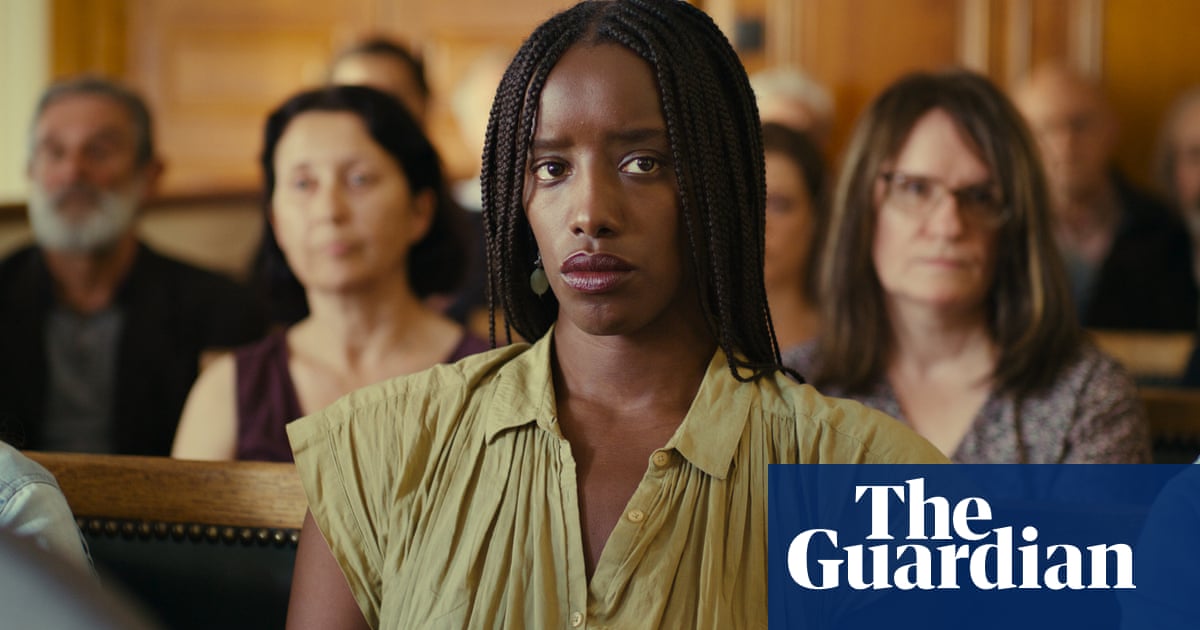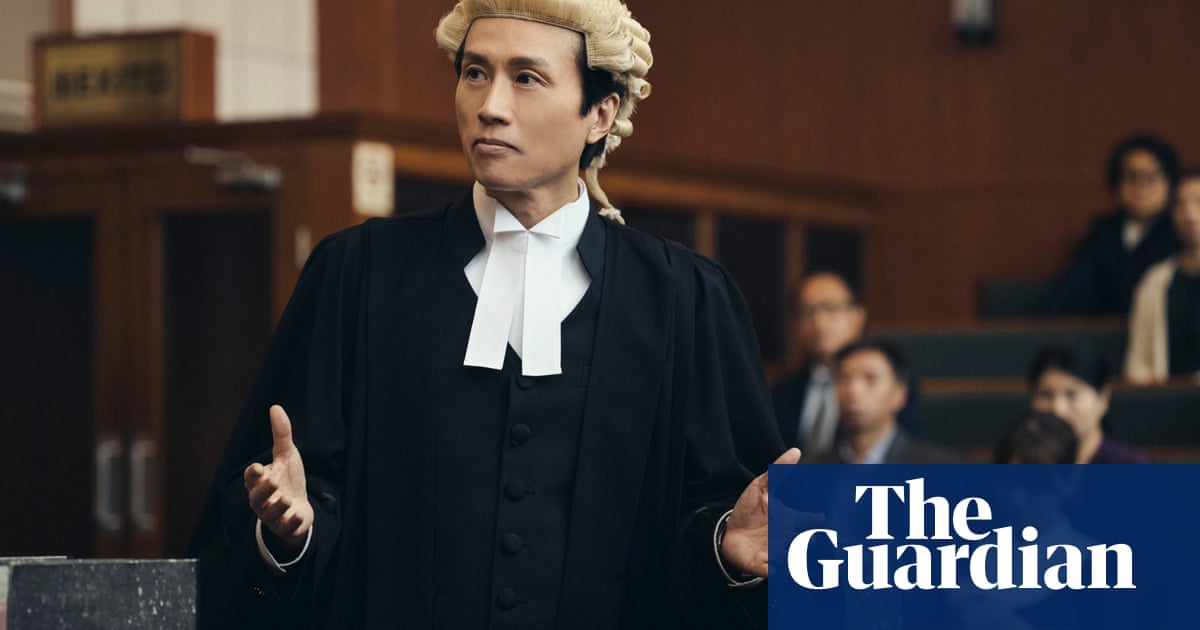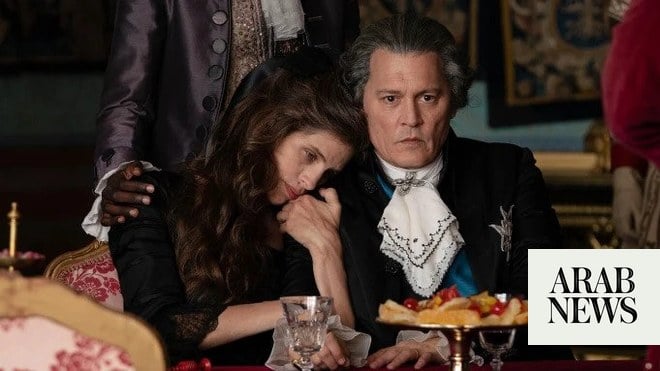
It has been hailed for its unconventional portrayal of a criminal trial, dissecting a couple’s relationship after a man’s deadly fall from the top floor of an Alpine chalet.
But the hit French arthouse whodunnit, Anatomy of a Fall, which competes at the Golden Globes this weekend after a series of wins at the European film awards, is also just one element of a wider of renaissance of French auteur films reinventing the courtroom drama.
First, Saint Omer, a haunting masterpiece by the acclaimed film-maker and documentarian Alice Diop, took the top prizes at the Venice film festival for its fictional retelling of the 2016 trial of a Senegalese student accused of infanticide on the northern French coast. Then Justine Triet’s Anatomy of a Fall won the Cannes Palme d’Or. Finally, The Goldman Case, a reconstruction of a 1970s French trial of the leftwing activist Pierre Goldman, became a critical hit.
Lawyers and critics say arthouse film-makers are subverting and reinventing the courtroom drama genre to explore faultlines in French society and raise questions about gender, race and prejudice as well as motherhood and relationships.
“I feel that right now in France, people are captivated by questions of law and justice,” said Wilfried Jude, an artistic co-director of Atmosphères 53, which runs the Festival du Film Judiciaire in Laval, a festival of films on legal issues that has a growing audience. “It’s about how a trial, or a film of a trial, can become emblematic of the state of society.”
As far back as Georges Méliès’s 1899 silent film on Dreyfus – the Jewish army officer falsely convicted of treason – French cinema, television and theatre have been fascinated by courts, investigations and legal argument. Unresolved crimes, acquittals and accusations of miscarriages of justice have been fictionalised and reconstructed, from the child abuse allegations and ensuing judicial fiasco in the northern town of Outreau, to the unsolved murder of the four-year-old “little Grégory” in the 1980s, to the case of Omar Raddad, a Moroccan gardener who denied allegations of murdering a wealthy socialite on the Côte d’Azur in 1991.
The recent crop of arthouse films is considered to be subverting the courtroom genre, playing on perspective and leaving issues open and unresolved.
In Anatomy of a Fall, Triet ultimately portrays the chaos of a relationship. The courtroom trial is filmed in an unconventional way: with gaps, flashbacks and no omniscient point of view. “If I’m so interested in the judicial system, it’s because it’s the place where we try to organise and understand the chaos of our lives,” she told the Huffington Post France.
In Saint Omer, Diop draws on real courtroom transcripts to produce a fictionalised account of the trial of a student who left her sleeping 15-month-old child on a beach near Calais after dark at high tide. Shot in the northern town where the trial took place, it is an examination of the relationship that women and men have to motherhood. The audience is deliberately left to question its own view.
“What is beautiful in a trial is the fact of listening to the accused,” Diop told La Voix du Nord. “It’s a way of approaching the complexity of human nature and going beyond the question of judgment.”
When Cédric Kahn decided to make a film of the 1970s trial of the leftwing activist and revolutionary fighter Pierre Goldman, who denied killing two pharmacists in 1969 during a hold-up in Paris, the director said he was not sure modern audiences would be interested. But the film, set almost entirely in a courtroom, became one of the critical hits of 2023.
“It’s a film about justice, a homage to justice and the difficulty of meting out justice,” Kahn told Cin’Ecrans. “It’s also a homage to lawyers.”
The star lawyer Georges Kiejman is played in the film by Arthur Harari, who also co-wrote the script for Anatomy of a Fall with his partner, Triet.
Michèle Bauer, a lawyer in Bordeaux, said: “These films show a fascination for trials. What intrigues people are the stories: is this person really innocent?”
Bauer said that Anatomy of a Fall’s heavy courtroom atmosphere, with the accused struggling in the witness box, was true to life. “We can see she is overwhelmed and alone … and there is a certain realism in that, because when you’re in a murder trial, you’re given a hard time, it’s very difficult.”
Nicolas Thévenin, a film lecturer and director of the film publication Répliques, said the recent arthouse hits were innovative in their approach to writing and shooting. Crucially, he said, the film-makers used courtrooms to tackle issues resonant in society, including motherhood and race, gender roles and antisemitism.
“For me, in recent years there has been a lot of tension in France: contradictions, social divisions and differences over religion, gender and politics,” he said. “The courtroom drama perhaps offers a possibility of going beyond those contradictions to confront different points of view.”












